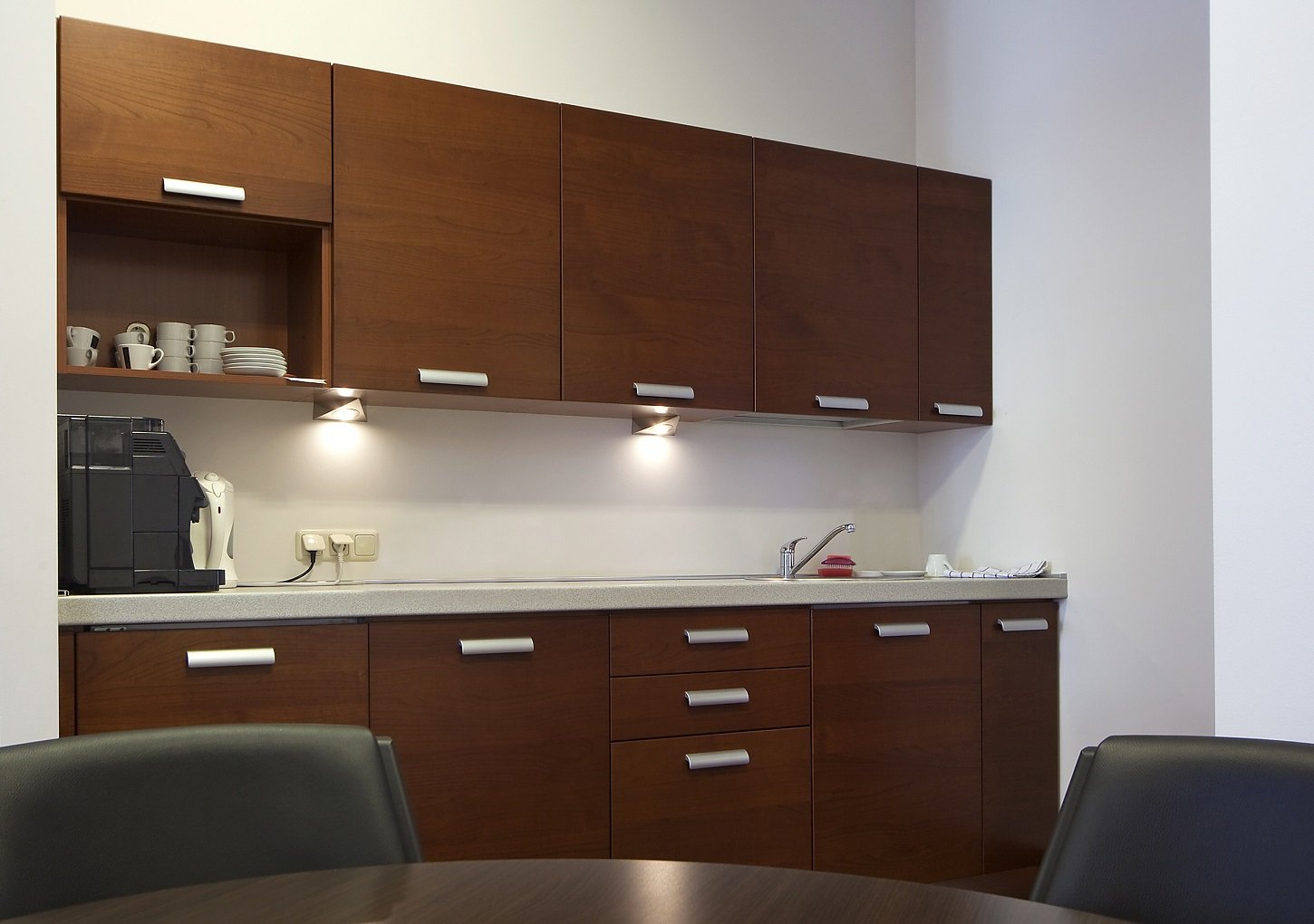Knowing how to calculate rentable square footage is extremely important, especially when you’re looking to lease a new commercial space for your business.
A proper calculation of the space can help you save money. An improper calculation can make the difference between a great or awful commercial lease; since landlords often charge based on the square footage, you can end up with a much larger financial obligation due to a small error in your calculation.
You can calculate rentable square footage in three different ways; usable, rentable, and gross.
How to Calculate Rentable Square Footage and Usable Square Footage
First, you must understand the difference between usable and rentable square footage calculations. Since rentable square feet is often higher than usable square feet, it is imperative that you use the correct measurement when evaluating your budget.
Usable square footage accounts for the areas you will occupy to conduct daily business. Office spaces, kitchen/break rooms and even a private restroom within your suite all make up the usable square footage.
Rentable square feet includes the usable space plus common areas of the building (e.g. hallways, lobbies and common restrooms). The price per rentable square foot includes a pro-rata calculation based on the size of your lease space.
Calculating Gross Square Footage
Gross square feet, also referred to as gross area, simply refers to the total square footage of a building. It includes everything accounted for in usable and rentable square feet, along with building core, elevator shafts and other areas of the building that are used for maintenance and operations.
In other words, the gross square footage is the total space a facility takes up, regardless of whether or not the space is used by the tenant. The only spaces excluded are open areas like pools, playing fields, courts, light wells, parking lots, and unexcavated basements.
Gross square footage is an important metric for planning and budgeting in construction. While it may not appear too frequently in tenant transactions, it is still worthwhile to understand.
How To Calculate the Load Factor
Landlords calculate rentable square feet based on the load factor (aka, common area or add-on factor). They base this number on the percentage of common areas in the building.
To find the load factor, you’ll use a basic equation:
Building Rentable Square Feet ÷ Building Usable Square Feet = Load Factor
Let’s say a building’s total square footage equals 100,000. If 85,000 was usable square feet, then the building would have 15,000 square feet of common areas. So, the equation would look like this:
100,000 ÷ 85,000 = 1.15
Once you have the load factor, it’s time to determine the rentable square feet that you’ll contribute to. That equation looks like this:
Tenant Usable Square Feet x Load Factor = Tenant Rentable Square Feet.
How to Calculate Rentable Square Footage: Why Should You Care About the Load Factor?
Once you know the load factor formula, you can evaluate which office space offers the best deal.
Suppose you narrowed it down to two 5,000 usable square foot offices. Each space had the same monthly rent, but one office had a 1.15 load factor and the other had a 1.25. Using the equation, you’d find:
5,000 x 1.15 = 5,750
5,000 x 1.25 = 6,250
The first building could only charge you for 5,750 sq ft of space. But the second building would charge rent for 6,250 sq ft. Ultimately, the first building would save you money.
Comparing the Load Factor and Rentable Square Footage
Let’s look at a quick scenario when comparing load factors and rentable square footage is useful.
The Situation
A tenant is looking at two different office spaces, both with 5,000 square feet of usable space and the exact same rental rates, but differing load factors.
Option A
The first suite has 5,000 usable square feet and has a 20% building load factor for an additional 1,000 sq. ft (5000 x 20%) of rentable space. Thus, the rentable square feet is 6,000 square feet.
Option B
The second office has 5,000 usable square feet and a 15% load factor. The rentable square footage is 5,750 sq. ft (5,000 x .15 = 750). Option B has less rentable square footage and thus would cost less per month for the same amount of usable space!
With the same rental rate, the tenant would pay more per month on his lease for Option A at 6,000 rentable square feet. However, one factor to consider is with higher load factors, are you getting better-shared amenities that justify the cost? In some cases, a fancier lobby and shared kitchen area could be enough of a draw to justify the higher cost for the same amount of usable square footage.
As shown above, rentable square feet is not always so simple. To make matters worse, sometimes landlords will even fudge the load factor and useable square footage numbers to the point where it becomes part of the negotiation process itself. As with all commercial real estate leases, always read the fine print so you understand exactly what you’re paying for and exactly what you’re getting in return.

How to Calculate Rentable Square Footage: Read the Fine Print & Do The Math
An accurate calculation could save your company thousands of dollars over the term of your lease. However, you might not always want to go with the smaller space. Perhaps, the more expensive choice has better amenities that make the extra financial investment worth it.
But either way, you need to understand these calculations to make the most educated decision for your company; with integrity and decades of property management experience to draw on, TAFCO Realty Corp. can help assist you in making that important decision.


